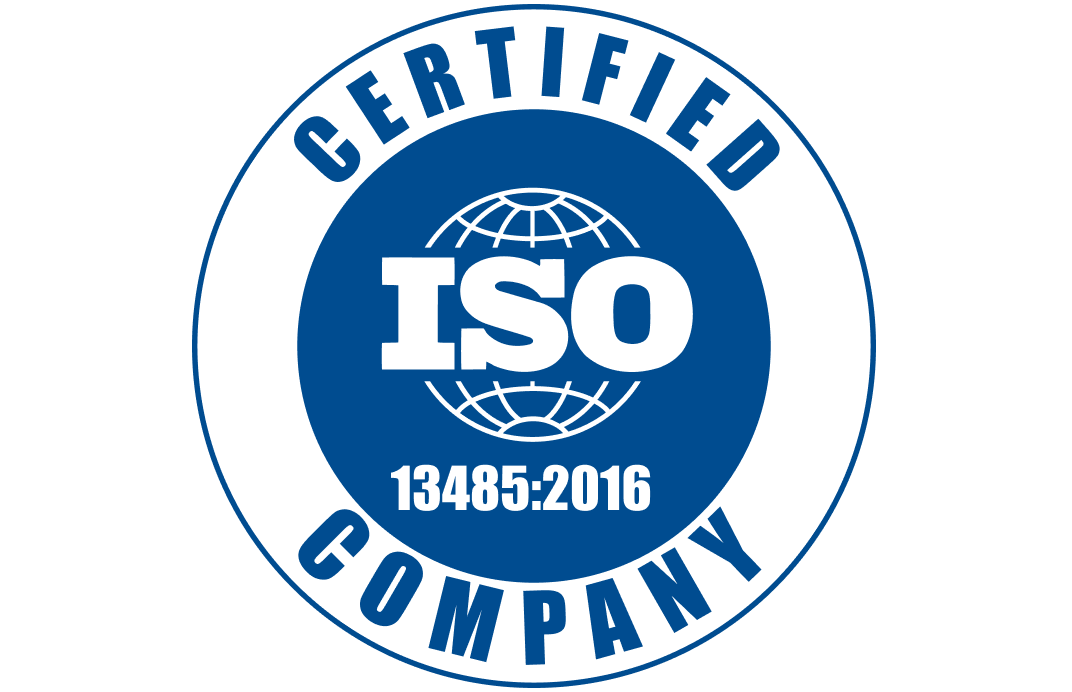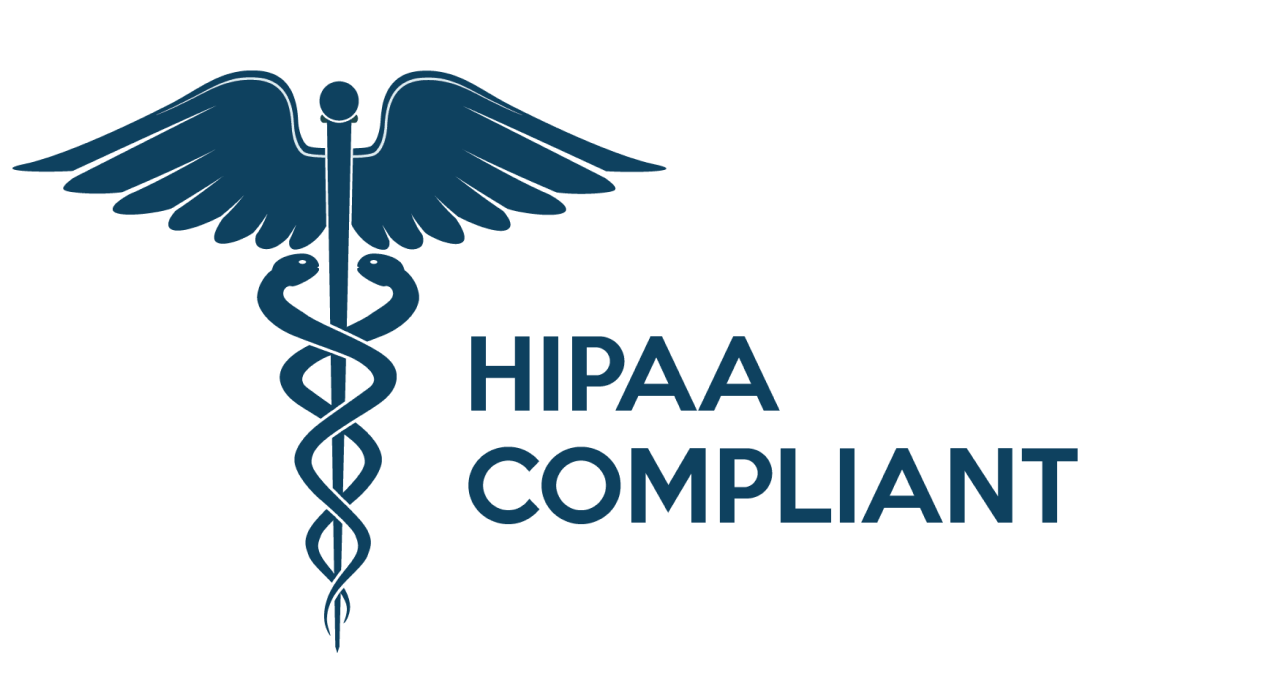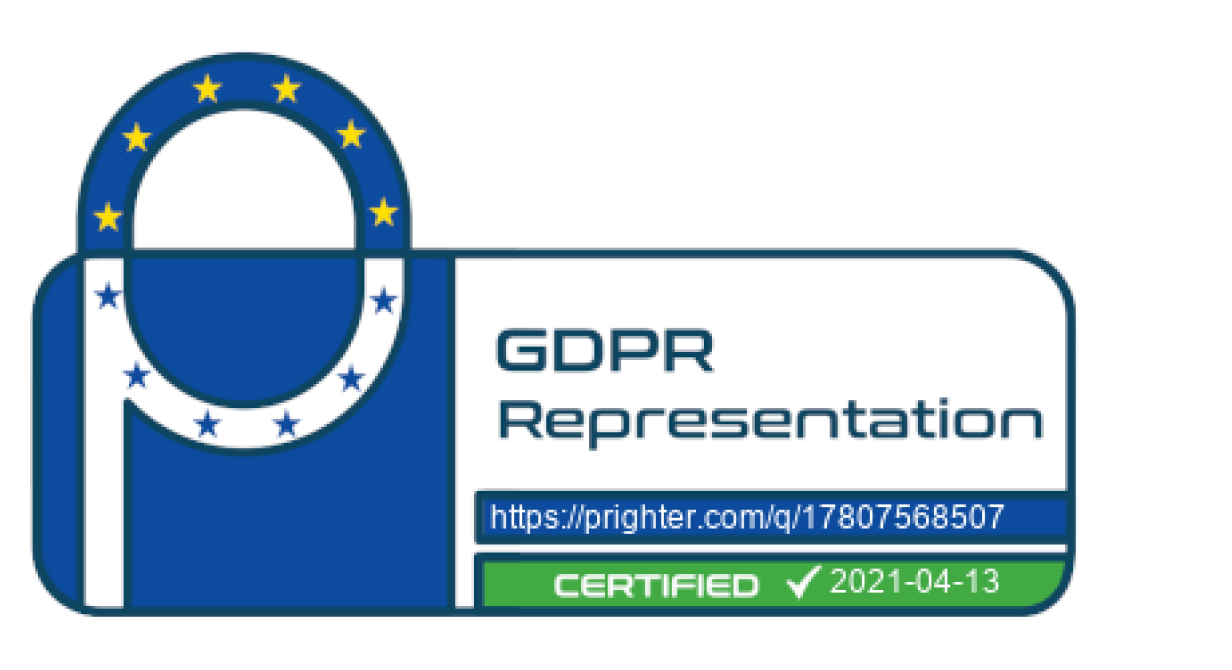How Video-based Blood Pressure Monitoring is Another Step Forward in the Revolution of Healthcare
Our brand-new blood pressure monitoring feature is here! We’re so excited about this transformative benefit for our customers’ clients, and how it’s going to improve health and wellness for so many end-users. Here’s a breakdown of why Binah.ai’s, award-winning, remote or on-site blood pressure monitoring is going to be such a serious game-changer.
Remember when you needed cassettes, CDs and MP3 players to listen to music? Today, streaming services like Spotify bring music to the personal mobile devices we all own.
The same is true here. Though up until now, cumbersome devices or dedicated hardware were needed to monitor blood pressure, this will soon cease to be the norm. With the help of Binah.ai, people will be able to have blood pressure monitored from their smartphone, laptop, tablet and other camera-equipped devices – from anywhere, and at any time that they need it.
Why is monitoring blood pressure so critical?
Blood pressure is known as the silent killer, mainly because it can often have no symptoms at all, and yet is a risk factor for heart disease, heart failure and stroke – as well as many other critical and even fatal diseases. Known as hypertension, blood pressure causes or contributes to 7.6 million deaths each year worldwide. Shockingly, studies show that only about a quarter of adults with hypertension have their condition under control.As the signs and the symptoms of high blood pressure are often misunderstood – the only real way to know whether you suffer from hypertension and to take the right steps to keep it under control, is to regularly monitor your blood pressure. Right now, the AMA reports that worldwide, 64% of adults have no idea what a high blood pressure reading looks like, and only 10% think that this is a priority in the first place.
What’s the benefit of Binah.ai’s blood pressure monitoring?
In-person blood pressure monitoring periodically at health facilities may not occur as often as needed. Blood pressure readings can easily be anomalous due to stress, diet or even sitting incorrectly – so it’s important for clinicians and other stakeholders to be able to get regular, frequent data on blood pressure for longer periods of time, both to set a benchmark and also to spot changes at the earliest possible stages. If remote blood pressure monitoring can be implemented to enable end-users to monitor it and share it with carers anytime and from any location that they are, the newfound visibility into such a critical vital sign will provide many benefits, including:
- Fewer sick people: By providing users with visibility into blood pressure, they are empowered to take charge of their health and make smart changes for the better.This can lessen the pressure and burden on healthcare providers, address the growing skills shortage in healthcare, and contribute to a healthier public and workforce.
- Reduced costs for payers: As so many people don’t even know they have raised blood pressure, it stands to reason that this is an important metric to track for insurers and coverage providers. Remotely tracking blood pressure reduces the cost of medical appointments and helps to reduce the number of claims by acting on risk factors early and even ahead of time.
- Faster underwriting and claims processing for insurers: Underwriting can still take days to months to complete and according to one study, over 60% of client complaints were about claims processing. Now, insurers can use remote blood pressure monitoring to improve STP models by using real-time data to identify high and low-risk clients, corroborate claims with real-time health data, accelerate claims processing, and reduce fraud.
- Smarter telehealth: Remote healthcare was accelerated by the pandemic, but it’s by no means a flash in the pan. Monitoring blood pressure remotely can open up services to underserved or rural communities, providing accurate data without the need for in-person visits. Doctors and nurses can save precious time and make better assessments, diagnoses and treatment suggestions.
- Better data for all parties: Whether it’s insurance, healthcare, wellness, pharma, or another industry altogether – data is the new oil. By monitoring blood pressure remotely alongside other vital signs such as heart rate, stress levels, oxygen saturation and more, this data can be used to offer better services to the end user, and to encourage greater health and wellbeing across the board.
The traditional approach to remote blood pressure monitoring
There’s no doubt that monitoring blood pressure is critical when it comes to spotting risk factors for a whole slew of severe and even fatal diseases. However, traditional methods of monitoring blood pressure, especially in remote settings, just don’t meet the requirements for today’s businesses.
Let’s take the blood pressure cuff for example. Did you know that as many as half of people are actually using blood pressure cuffs incorrectly? It’s not as simple as putting the cuff on and reading the measurements. In fact, the AMA comments that “Every time we go out and conduct blood pressure measurement trainings, people tell us afterward that they’ve been doing it wrong for years.” While some mistakes can be fixed through education, such as ensuring both feet are on the floor or not talking during the reading, others are harder to solve – for example wearing the wrong size cuff or your stress and anxiety levels prior to taking the reading.
Even if you leave accuracy aside, there are a number of challenges with traditional methods of obtaining blood pressure remotely, such as shipping and handling challenges with the devices, maintaining or upgrading cuffs if they break or wear down, or the simple affordability for patients, businesses and clinics.
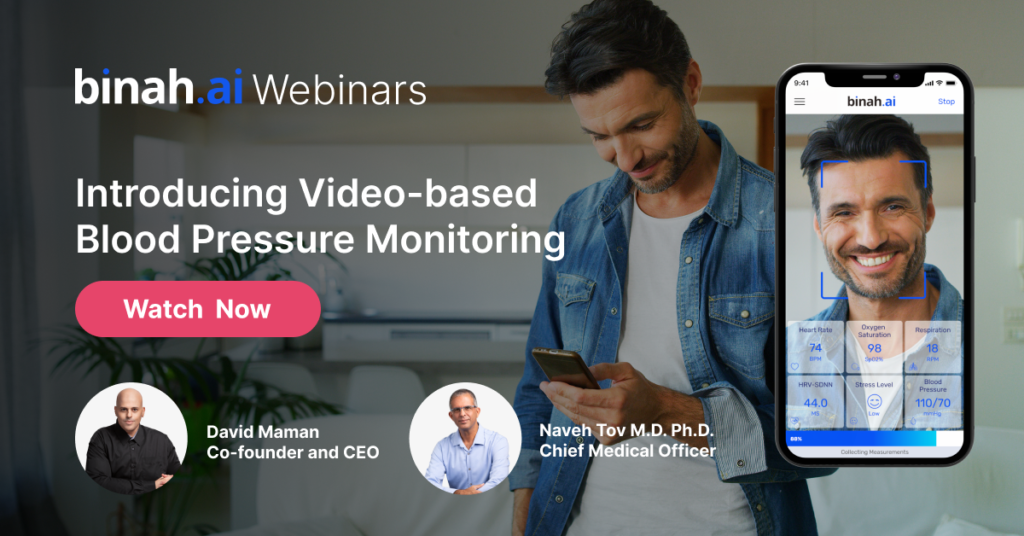
Where does Binah.ai come in?
This is where Binah.ai is a real game-changer for today’s businesses. Rather than rely on dedicated hardware, Binah.ai’s remote, contactless blood pressure monitoring technology works from a wide variety of devices, including the one that almost everyone already uses every day – their mobile phone. As a result, it makes blood pressure monitoring more accessible and affordable, suitable for users in rural locations or emerging economies and with no added hardware costs or maintenance fees.
It’s also the simplest solution to get blood pressure monitoring right, with nothing more than a video selfie of the face, so that Binah.ai’s algorithm can analyze light reflected off exposed skin. This makes managing blood pressure easier than ever before.
Ready to discuss how to integrate blood pressure monitoring alongside other vital signs monitoring as part of your consumer application? Let’s schedule a time to talk.
 close
close



